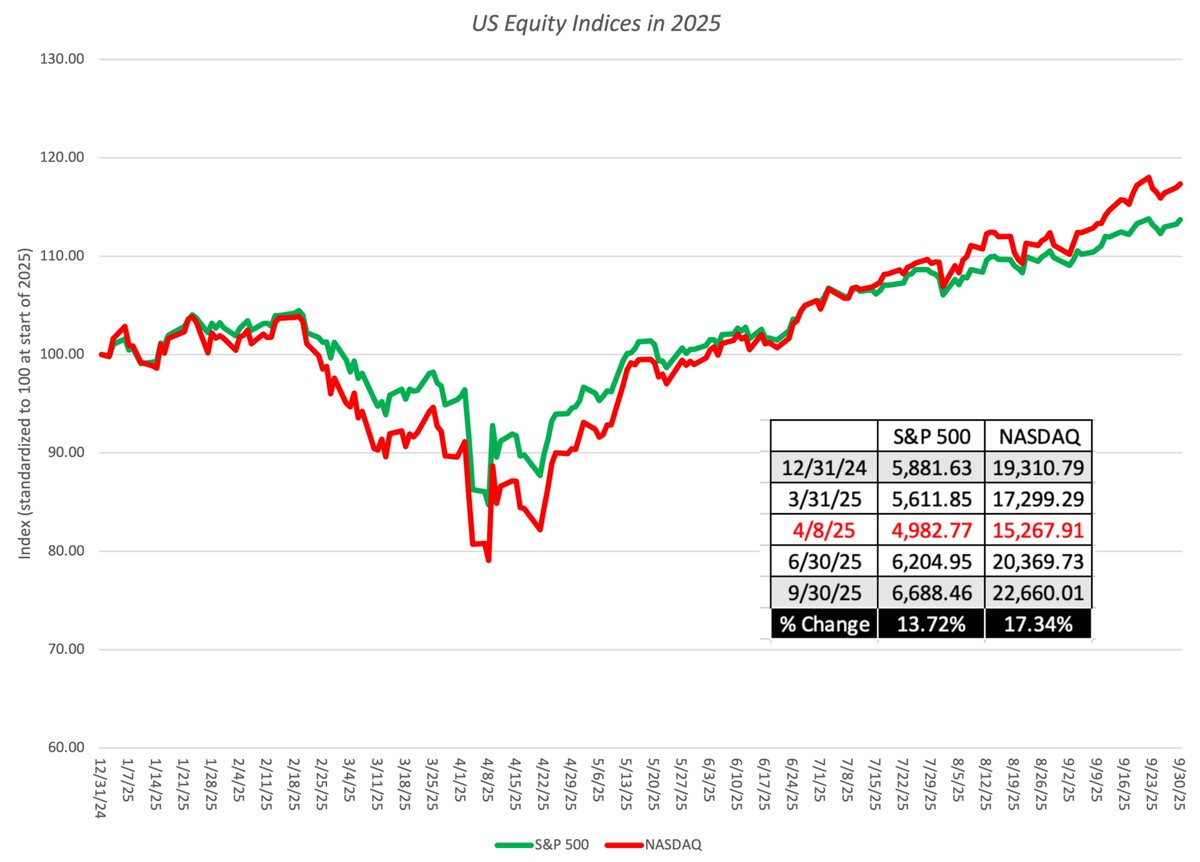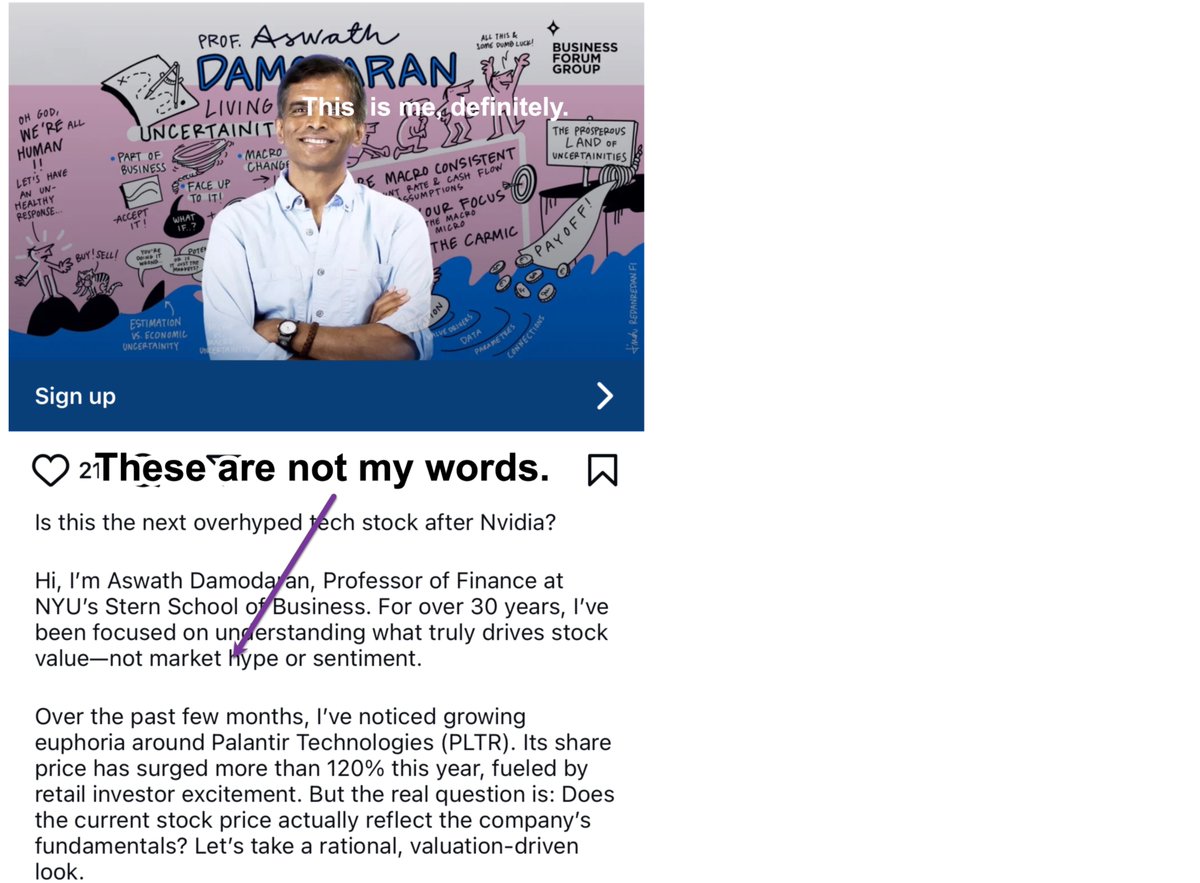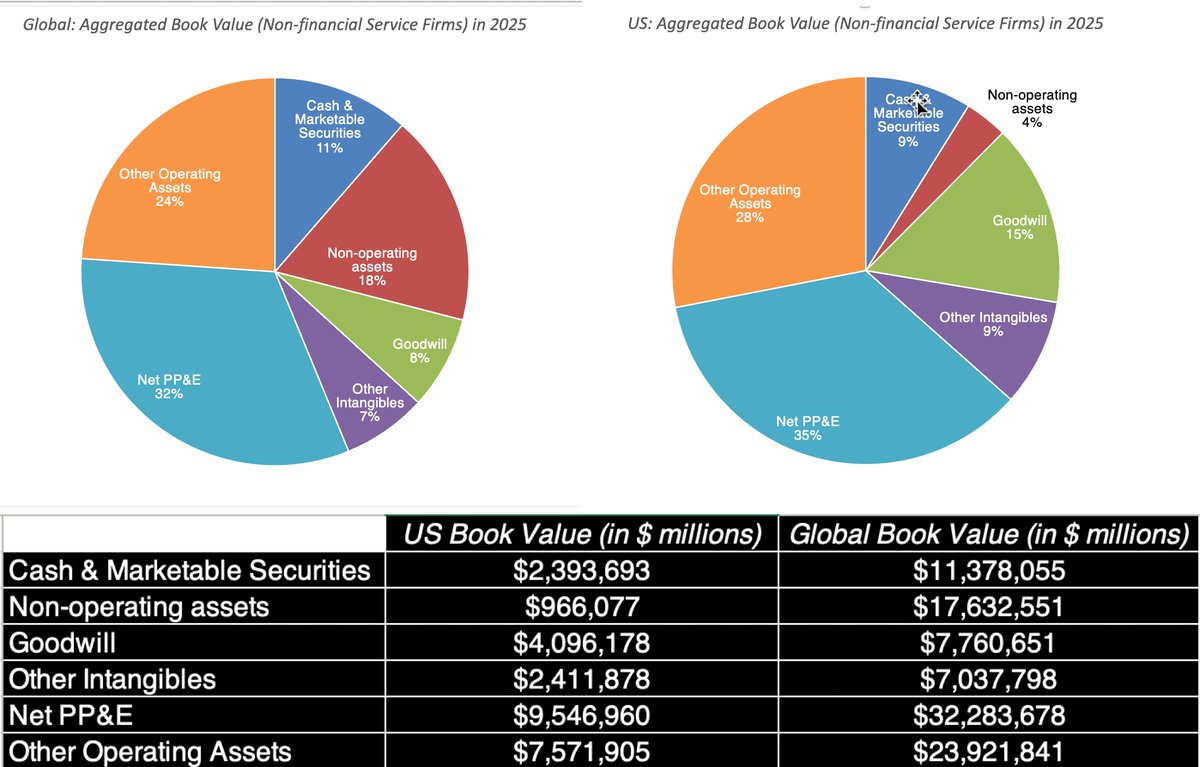We are drowning in data, sometimes manipulated and often misread. I am not a statistician, but that did not stop me from creating my own version of a statistics class, with a finance/investing twist. Webpage: bit.ly/3ziYHl6 YouTube Playlist:
Session 1: is an introduction to the components that make statistics the data science, from sampling to regressions. Full disclosure that I may be ignoring what some statistics classes view as indispensable, but so what? bit.ly/3ziYHl6
Sessions 2 & 2A: Most statistical sins are in the sampling phase, where bias, explicit or implicit, permeates the process and poisons conclusion. The notion that researchers are unbiased and objective is myth, and their priors drive their conclusions. bit.ly/3ziYHl6 

Sessions 3 & 3A: Measures of location, dispersion and skewness allow us to summarize large masses of data in a few numbers, sometimes in meaningful ways and sometimes not. If you cannot tell the mean from the median, trouble awaits you. bit.ly/3ziYHl6 

Sessions 4 & 4A: In finance, our fondness for the normal distribution has burned us many times over, but when we struggle to even name alternatives to it, we are designed to repeat history. bit.ly/3ziYHl6 

Sessions 5, 5A & 5B: In investing & corporate finance, we are constantly on the search for interrelationships between variables, partly to help us understand their co-movement, but more in the hope that we can use them to predict the future. bit.ly/3ziYHl6 

Sessions 6, 6A & 6B: If life and investing is a game of chance, probabilities allow us to assess what to do. Given that reality, it is surprising that we don't see decision trees and simulations used more broadly in finance & investing. bit.ly/3ziYHl6 

• • •
Missing some Tweet in this thread? You can try to
force a refresh















